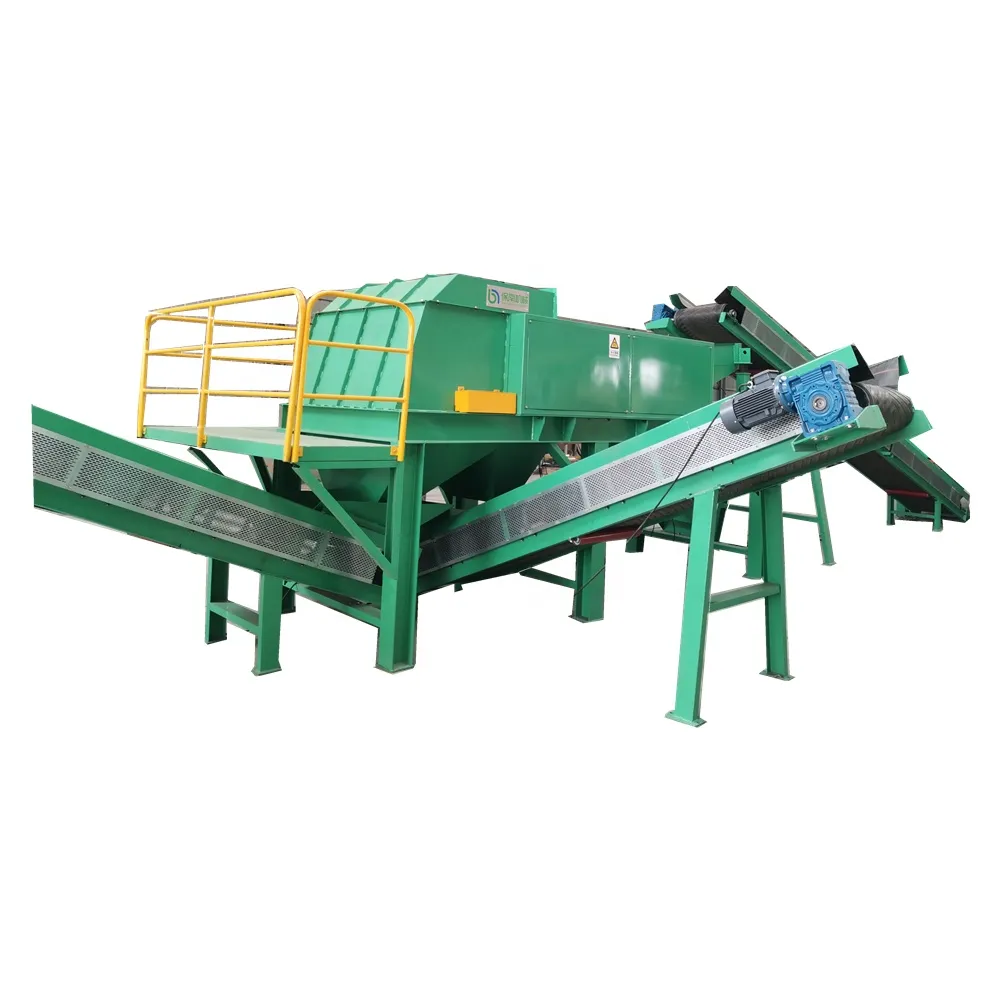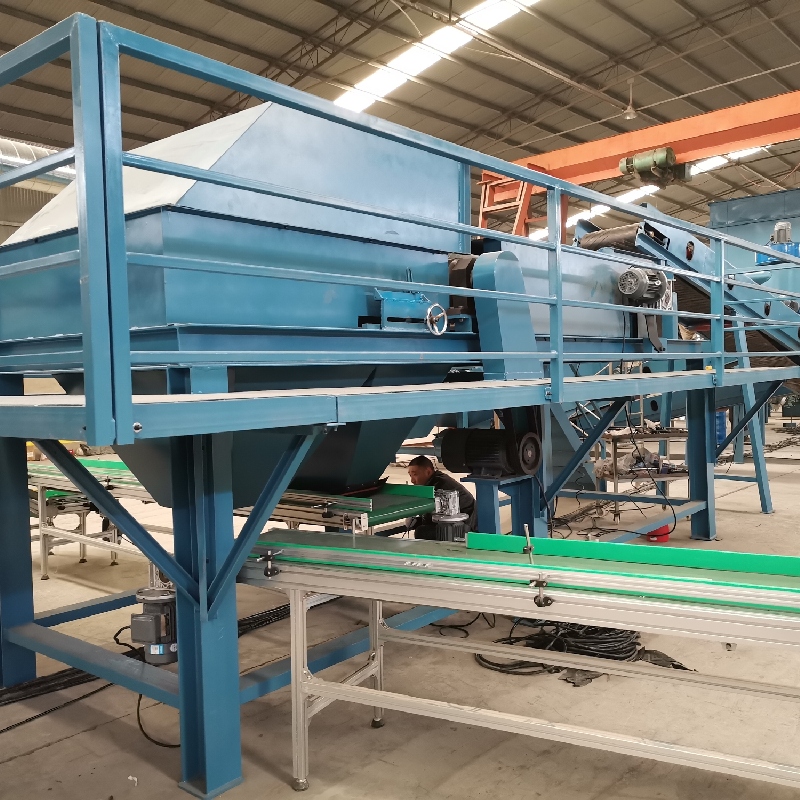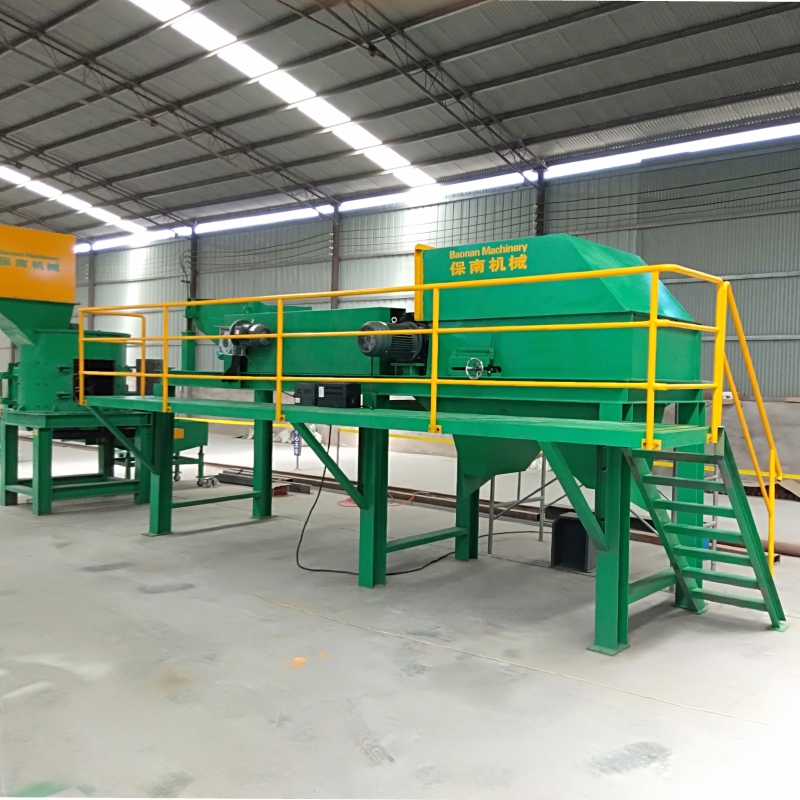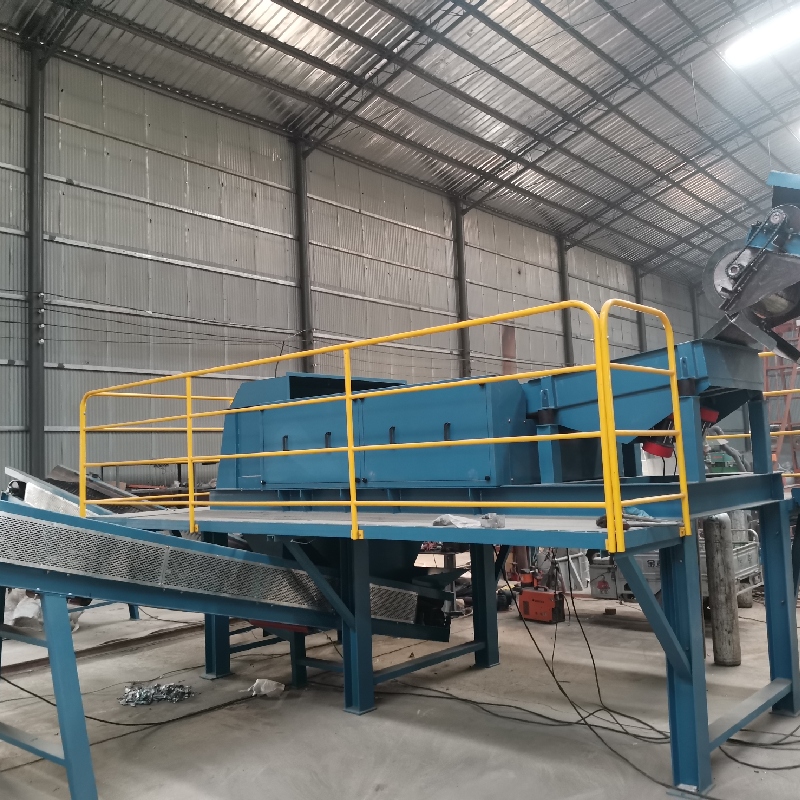
Oct . 11, 2025 11:20 Back to list
If you work in scrap, WEEE, or MRF operations, you already know the drill: ferrous gets pulled by magnets; the real profit, however, often hides in non‑ferrous. That’s where the eddy current separator (ECS) earns its keep. I spent a day in Dafu Village, Qingyuan Town—Qingyuan District, Baoding, Hebei—where one plant builds these units, and, to be honest, the shop-floor pragmatism impressed me more than the glossy brochures.

We’re seeing higher rotor speeds, thinner belts, and tighter enclosures for better throw trajectories—especially in e‑waste and auto-shred residue. Integration with optical sorters is rising, surprisingly even in medium-size plants. Most buyers ask for modular frames to swap rotors (concentric vs. eccentric) depending on the feed mix. And yes, aluminum recovery is up because secondary smelters pay for cleanliness.

Typical flow: pre-screen (20–80 mm window), ferrous removal, density/airknife (optional), then the eddy current separator. Common materials: copper/aluminum cables, aluminum profiles and dross, cast Cu/Al sand, printed-circuit-board ash, non‑ferrous glass cullet, e‑waste mix, and poly‑metallic fines. Methods are straightforward: controlled belt loading (≈30–60% coverage), consistent feed depth, and rotor speed tuned to particle size.
Testing and KPIs: separation efficiency on Al/Cu targets, product purity (residual Fe/NF), belt wear rate, and rotor temperature. Many customers say they benchmark with periodic Gauss checks and belt thickness logs—low-tech, but it works.

| Working width | 800 / 1000 / 1200 / 1500 mm |
| Rotor type | Eccentric high‑frequency, NdFeB magnets (grade N35–N52, real‑world use may vary) |
| Rotor speed | ≈ 2,000–3,500 rpm (tunable to fraction size) |
| Drive power | Belt 2–4 kW; Rotor 7.5–18.5 kW (depends on width) |
| Throughput | Up to ≈ 3–12 t/h (feed-dependent, pre‑screen critical) |
| Separation window | Best at 10–120 mm fractions; fines need higher rpm |
| Belt | PU wear layer; life ≈ 8–18 months (duty-dependent) |
| Service life | Bearings ≈ 30,000 h with proper lubrication |

| Criteria | OW Recycling (Hebei) | Vendor A | Vendor B |
|---|---|---|---|
| Rotor design | Eccentric, high pole-count | Concentric (basic) | Eccentric, mid pole-count |
| Customization | Strong (belts, chutes, guarding) | Limited options | Moderate |
| Support | Remote tuning; quick spares | Standard | Regional only |
| Value vs. price | High (my view) | Premium | Budget |

- Auto-shred residue, 20–80 mm: Al recovery ↑ to ≈ 92% with rotor at 3,200 rpm; purity ≈ 95% after a cleaning pass.
- E‑waste fines, 10–30 mm: Copper loss reduced ≈ 1.8% after chute re‑angle and belt tension tweak (small changes, big payoff).
- Glass cullet line: non‑ferrous contamination dropped from 350 ppm to ≈ 110 ppm, unlocking a better sales grade.
Ask for: variable rotor inverter maps, wear liners (AR or UHMW), dust hoods, long/short splitter sets, and belt scrapers. For noisy plants, consider acoustic panels—operators will thank you.
Citations
Latest news
Trusted Double Shaft Shredder Supplier | Durable Industrial & Recycling Solutions
NewsNov.24,2025
Double Shaft Shredder Price Explained: Global Trends, Benefits & Vendor Comparisons
NewsNov.24,2025
Expert Insights into Double Shaft Shredder Factory: Boosting Global Recycling Efficiency
NewsNov.23,2025
Leading Double Shaft Shredder Suppliers for Industrial Recycling and Waste Management
NewsNov.23,2025
Leading Double Shaft Shredder Manufacturers | Durable & Sustainable Industrial Shredders
NewsNov.23,2025
Understanding Double Shaft Shredder Machine Price: Buyers’ Guide & Global Insights
NewsNov.22,2025